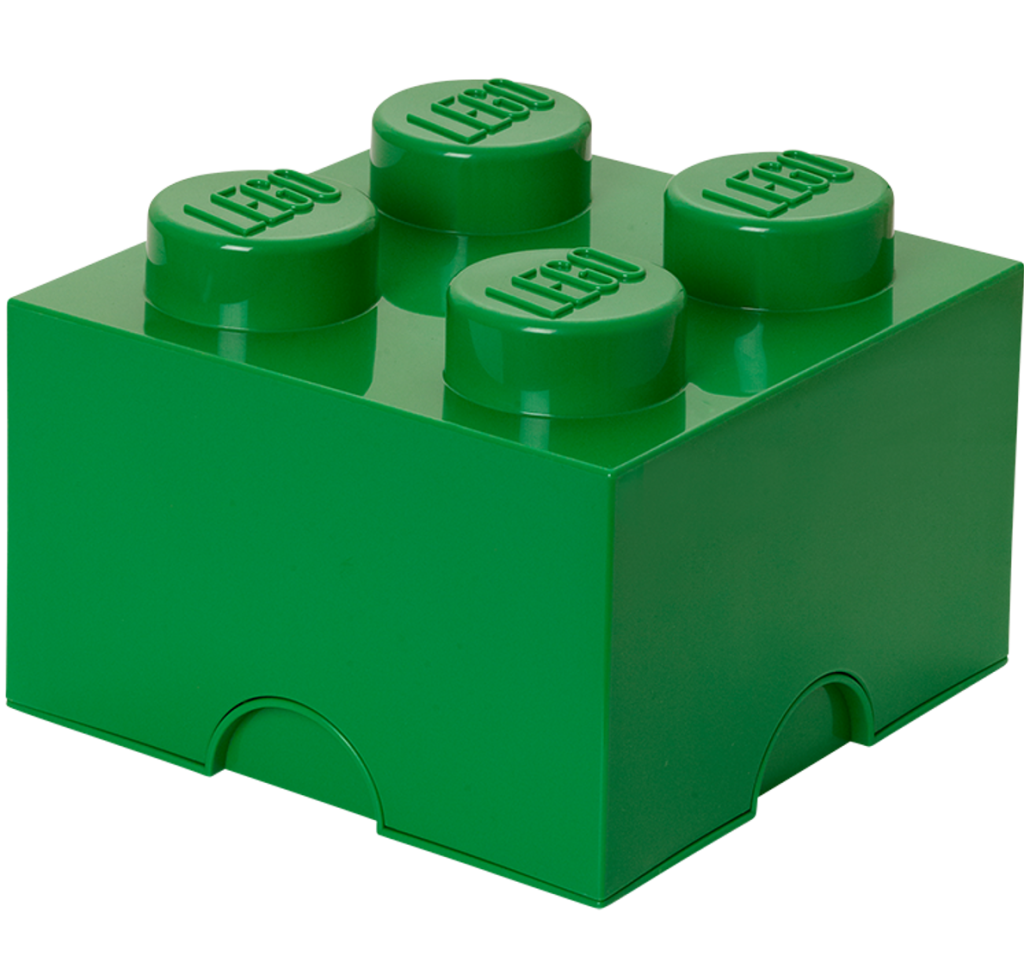Last year Lego announced it had abandoned plans to switch to making bricks from recycled PET. The two-year project aimed at replacing ABS was part of a US$1.2 billion initiative to make the company more sustainable. Despite having more than 150 people working on sustainability and testing ‘hundreds and hundreds’ of materials a suitable replacement could not be found. Additionally, the company calculated that the changes required to its manufacturing equipment to accommodate the new material would result in higher carbon emissions over the product’s lifetime. Although it must be said that it seems strange that it took over 150 people two years to come to this particular conclusion!
Regardless the challenge is huge. Founded in 1932, the company really is a giant, producing 1,140 bricks per second, adding up to an incredible 36 billion per year, enough to circle three-quarters of the way around the earth. With 2 kg of petroleum products needed to produce I kg of ABS the GHG impacts are substantial, at least 1.2 million tonnes of CO2e according to LEGOS’s own sustainability report.
Addressing these concerns the company recently announced plans to increase its spending on sustainability. New factories and production equipment will be more energy efficient and solar production will be expanded the company promises. The company launched Replay, a scheme to allow customers to recycle their unwanted bricks, in 2019. Since that time 475 tonnes of Lego has been donated and the scheme has now been expanded to the UK and Europe. While that all sounds impressive only the equivalent to about 190 million bricks have been recovered, that’s less than the amount of new bricks Lego produces in 2 days! So, the scheme has some way to go to be anything other than a greenbricking exercise!
Having failed in its attempts to introduce recycled materials the company is now relying on mass-balancing to reach sustainability targets. During the first half of this year the company claims, ‘30 percent of all resin purchased was certified mass balance, which translates to an estimated average of 22 percent material from renewable and recycled sources. This is a significant increase from 2023, when for the full year, 18 percent was certified mass balance which equated to 12 percent sustainable sources. Over the coming years, the company aims to purchase more than half of its raw materials from sustainable sources via the mass balance principle and, by doing so, reducing its use of virgin fossil materials.’
As with all mass-balanced products, this means the company can make claims about the quantity of renewable of recyclable materials in their products while, in fact, they continue to be made primarily from virgin fossil plastics. Overall demand for virgin feedstock has been reduced by this initiative which is a good thing. However, the danger is that consumers continue to purchase Lego products believing them to contain a significant quantity of recycled or renewable material when in actual fact they do not. Mass balance is favoured by industry as changes to production methods are not required and environmental benefits can be claimed. However, the challenge for everyone using this approach is to explain precisely how it works before their customers lose confidence and assume they have been greenwashed again. Failure to explain the complexities of mass balance could quickly prove to be a misstep!
